December 7, 2022
This morning, a male Cassin’s finch materialized in a winter-bare chokecherry tree and stared at me, as if waiting for me to make eye contact and understand that this gesture was a greeting. The blushing finch, bright as a Christmas ornament among the leafless twigs, is a rarity for my yard—and for this part of the world. In fact, today it will be only one of three Cassin’s reported in Arizona.
I managed one quick photo and then it was gone. But in that moment of connection, I thought of my friend of 33 years who passed on last week. Dick Shelton wouldn’t send me a Cassin’s finch—that wasn’t his style. But, with what Terry Tempest Williams calls his “wicked wit,” he would certainly send me a Rosy-breasted Pushover.
In his bestselling 1992 book, Going Back to Bisbee (University of Arizona Press), my favorite passage is, of course, about birding. But this isn’t just about any birding. This is birding as only Dick Shelton could pull off. I’ve included the passage here, illustrated with some photos:
When I am walking through the desert with a curious visitor from some other part of the country, especially a visitor who knows even less about birds than I do, I am overcome by the temptation to play the Engleman dingleberry game and see how long I can get away with it. It requires a poker face and a tone of complete assurance. And it’s an incremental game. Each name must be slightly more preposterous than the last.
Usually the first bird we see, or more often hear, is a cactus wren. When the visitor asks what it is, I say it’s a hepatic virago. If I can get away with that, the sky’s the limit. The next bird I am asked about, I identify as a semi-precious plover. Then I watch the visitor’s face carefully to see how I’m doing. I can see some indecision, a dialogue going on inside the visitor’s head.
“Is he pulling my leg? What if he isn’t? I mustn’t expose my ignorance. But if he’s pulling my leg...no, I guess he isn’t. He lives here, and I guess he would know. But it sounds a little strange. Lots of birds have strange names though.”
Then the clever visitor usually asks a probing question, but a question which would be appropriate whether I am kidding or not, a question which covers both possibilities. Like, “Just how precious is a semi-precious plover?”
I reply in an offhand way, but with complete seriousness, “Oh, they’re fairly common here, but this is almost the northern limit of their range. They’re very rare north of Phoenix.”
The visitor looks satisfied. Score 2 for the offensive team, which is me. Then I usually throw in a real name or two as sucker’s bait, maybe a white-winged dove or a white-rumped shrike. Sooner or later we see a curve-billed thrasher, very common in the Sonoran Desert. When asked, I identify it as a red-eyed vertigo. And anybody can see that it has orange-red, wild looking eyes. So far so good. Move up to the next level. If we see a hawk, buzzard, or raven—anything soaring, large, or formidable looking—I say it is a greater American regret. The game is usually over right there. But if it isn’t, I’m prepared to go on to the rosy-breasted pushover and the extra-marital lark.
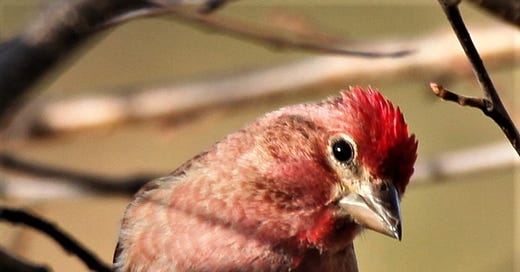



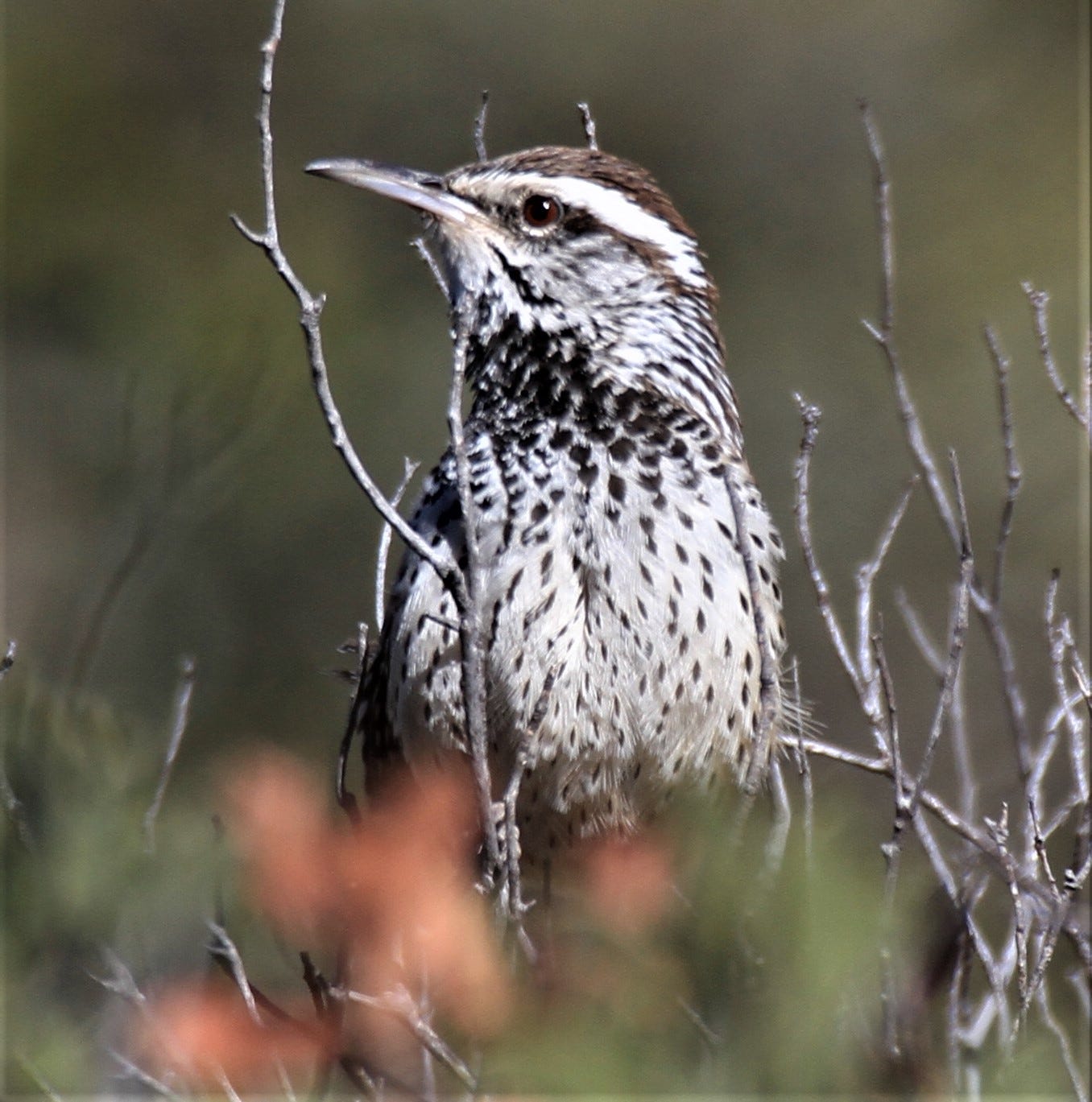

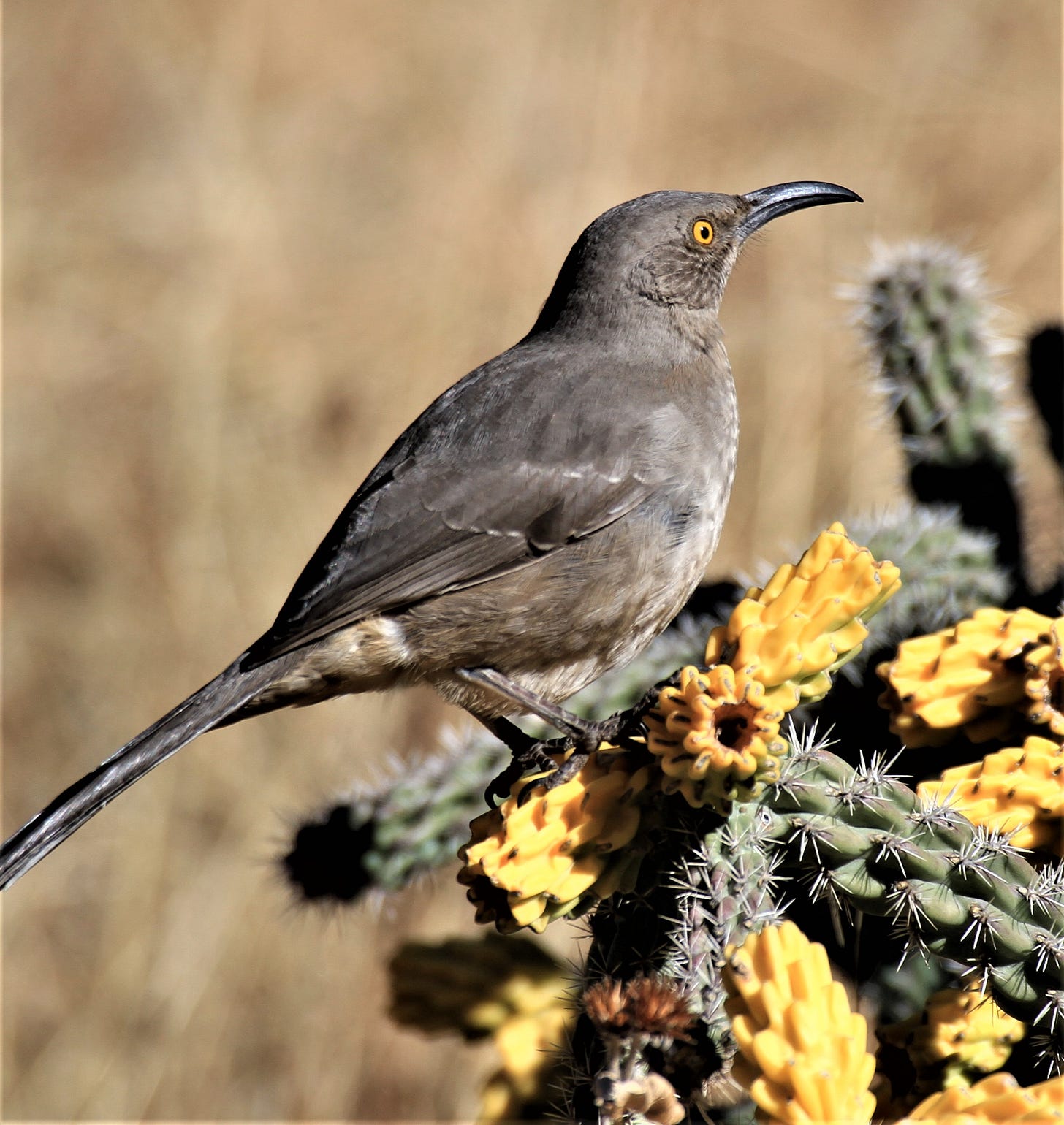
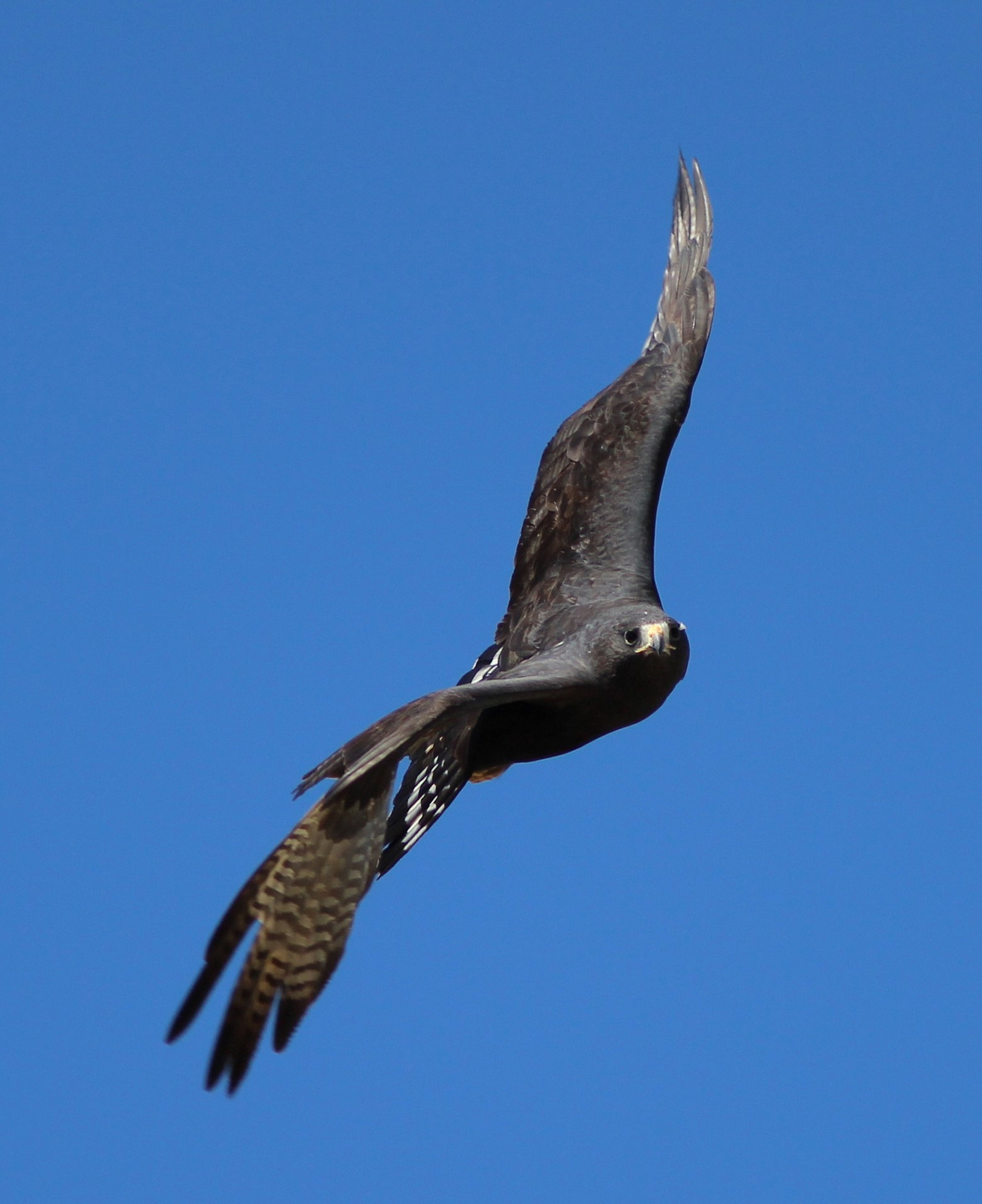

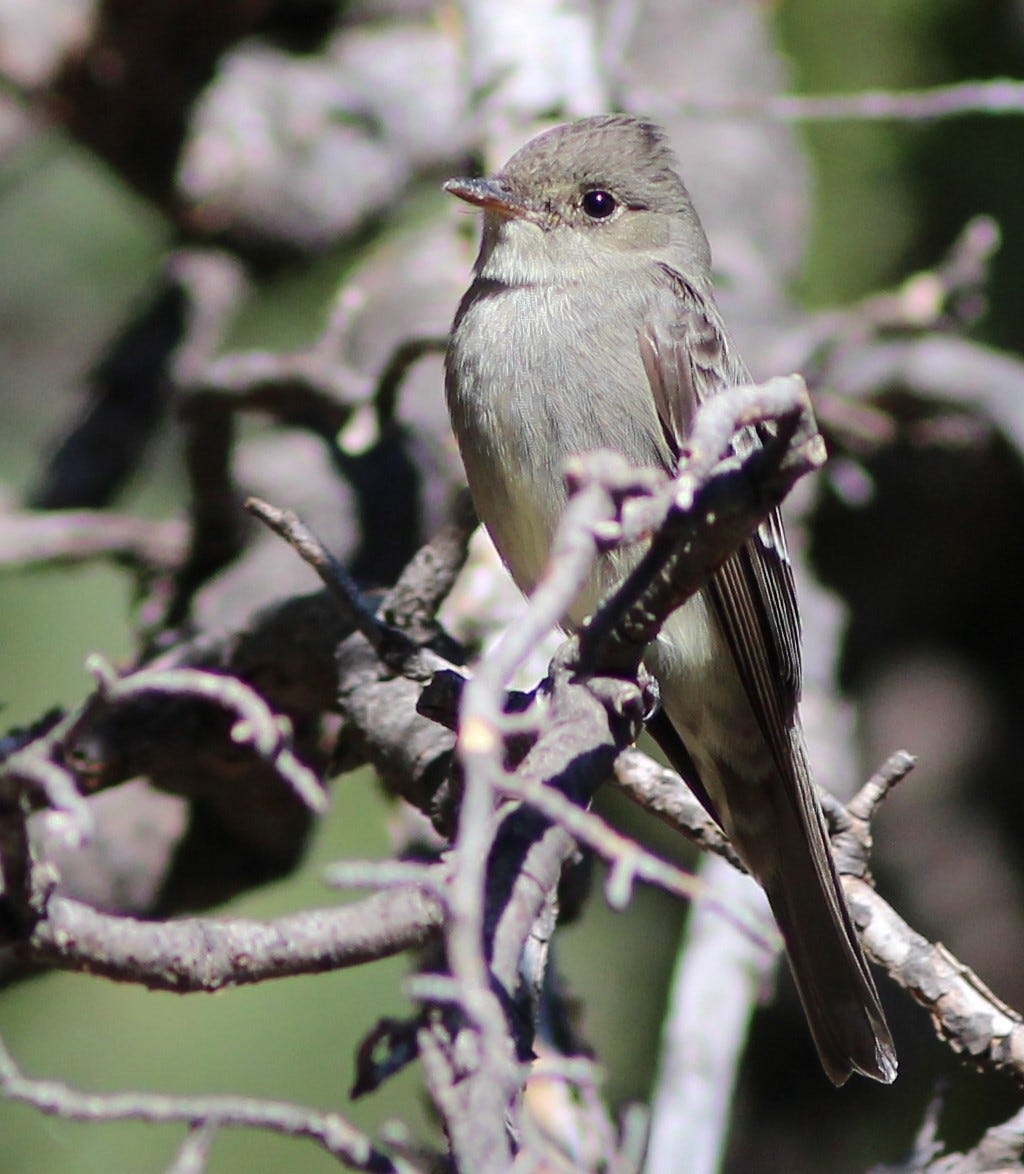
What a wonderful, apt, not to say ingenious entry after Dick's death. Thanks again, Ken.
Oh, Ken, thank you for Richard’s fabulous birding piece! I heard him read it, with a straight face, at a Tucson Audubon event some years ago. The birdwatcher audience exploded in laughter. It’s unforgettable, as was Richard.